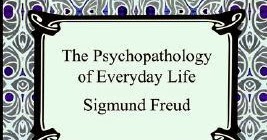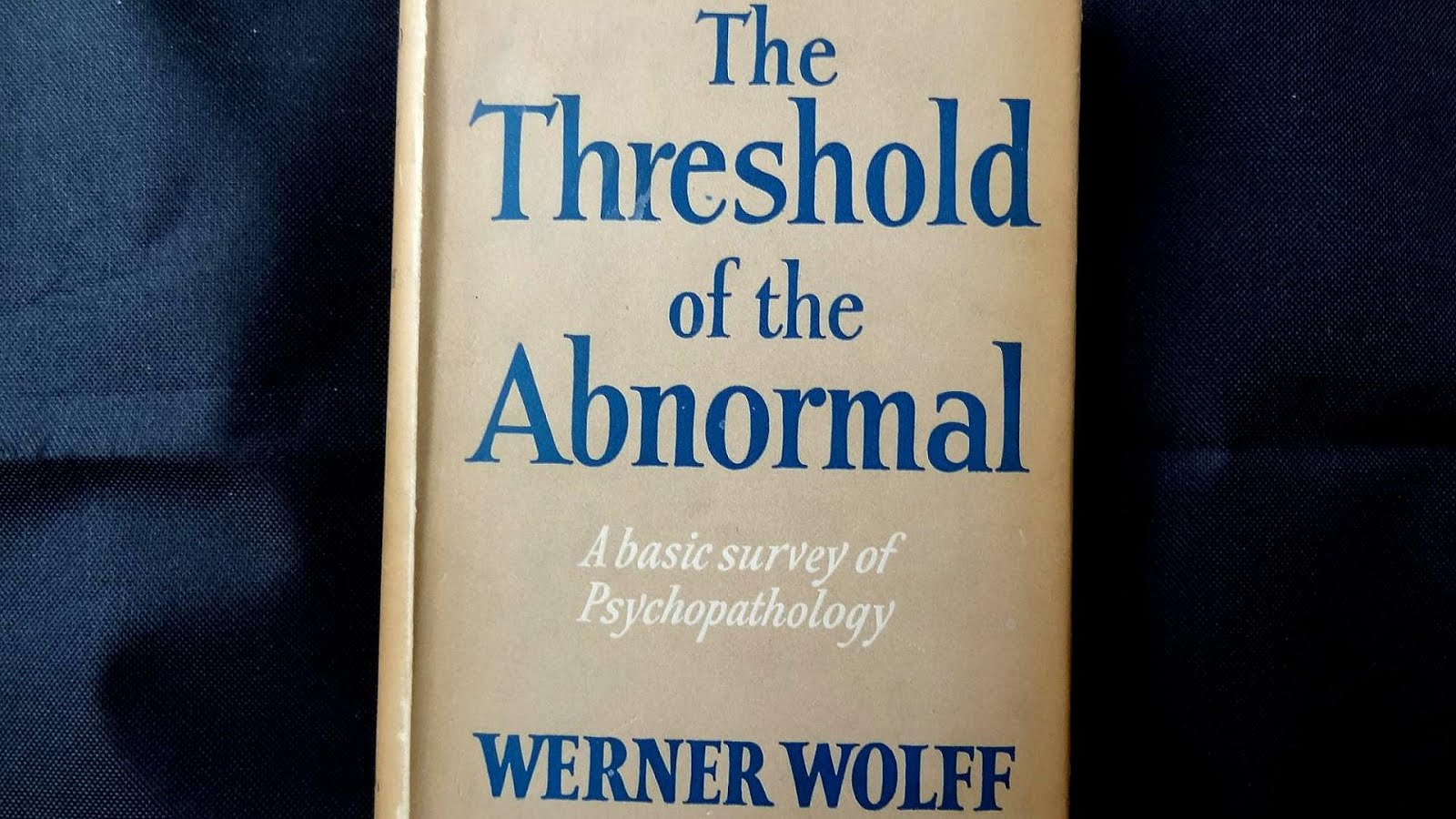
With great ingenuity and penetration the author throws much light on the complex problems of human behavior, and clearly demonstrates that the hitherto considered impassable gap between normal and abnormal mental states is more apparent than real. This led to a study of the faulty actions of everyday life and later to the publication of the Psychopathology of Everyday Life, a book which passed through four editions in Germany and is considered the author's most popular work. It was while tracing back the abnormal to the normal state that Professor Freud found how faint the line of demarcation was between the normal and neurotic person, and that the psychopathologic mechanisms so glaringly observed in the psychoneuroses and psychoses could usually be demonstrated in a lesser degree in normal persons.

Psychoanalysis always showed that they referred to some definite problem or conflict of the person concerned. By discarding the old methods of treatment and strictly applying himself to a study of the patient's life he discovered that the hitherto puzzling symptoms had a definite meaning, and that there was nothing arbitrary in any morbid manifestation. theoretical approaches and influential empirical findings pertaining to psychological distress and wellbeing.Professor Freud developed his system of psychoanalysis while studying the so-called borderline cases of mental diseases, such as hysteria and compulsion neurosis.key cross-cultural considerations in the consideration of psychopathology.core theoretical models and empirical findings regarding stigma about mental illness.two competing theoretical and methodological approaches to psychopathology, including a categorical model of classification and diagnosis, and an alternative approach, which conceptualizes phenomena as lying on continua with 'normal' experience residing on one end of the continuum and psychiatric disorder at the opposing end.prominent theoretical models, seminal empirical findings, diagnostic criteria, and non-clinical experiences relating to diverse areas of psychopathology, including but not limited to anxiety disorders, mood disorders, eating disorders, psychotic disorders, dissociative and somatoform disorders, and trauma-related disorders.

On completion of this subject students will demonstrate knowledge of:


 0 kommentar(er)
0 kommentar(er)
